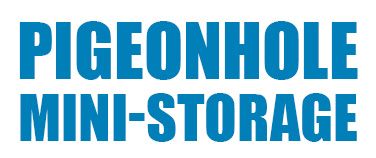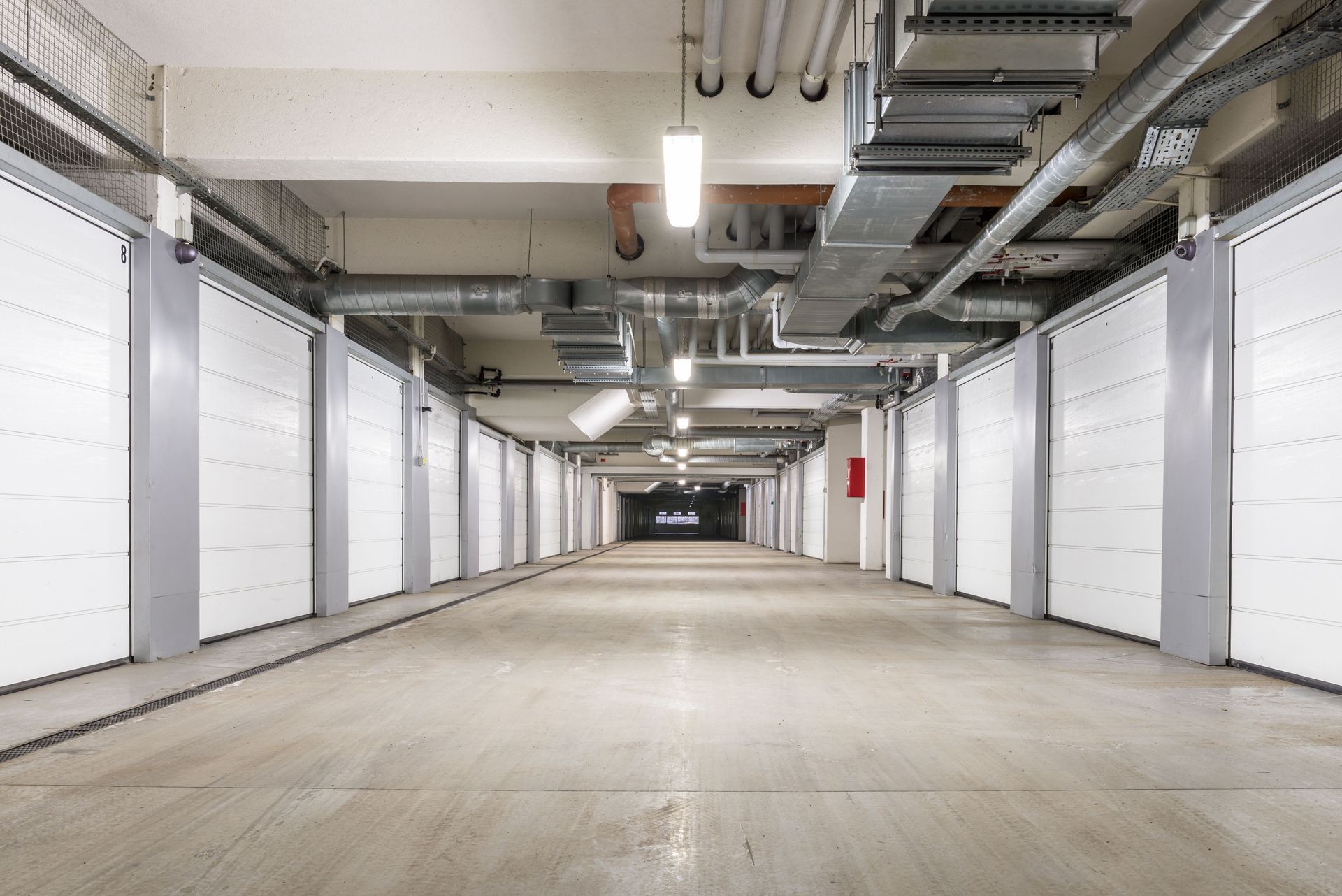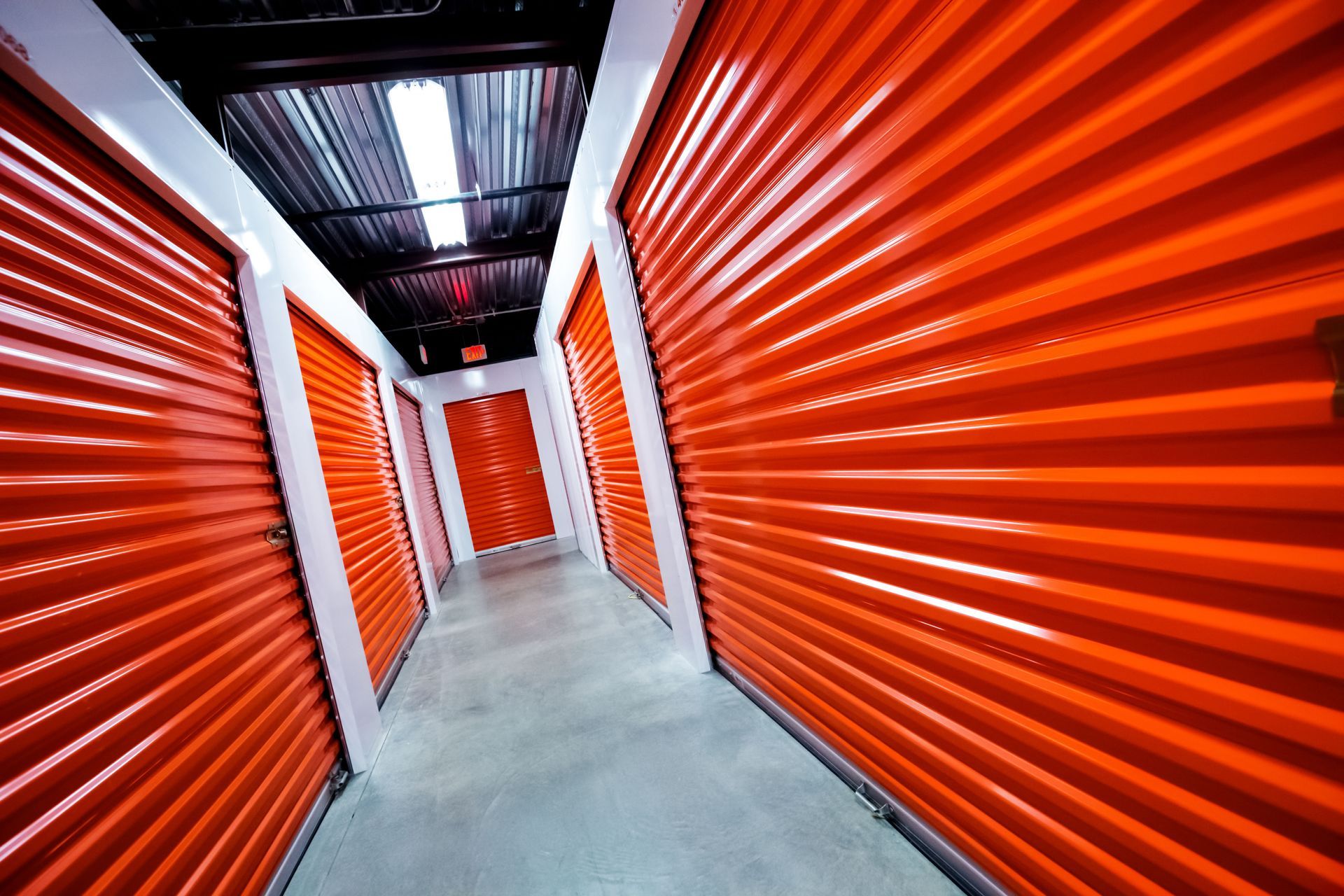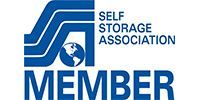4 Tips on How to Organize Your Mini Storage Unit for Easy Access
Mini storage units are a versatile solution for managing overflow belongings, yet ineffective organization can turn them into chaotic spaces. Proper organization ensures that items are easily accessible, which is key for those who frequently visit their storage space. Effective organization practices not only save time but also optimize the utility of the available space, providing peace of mind and maintaining order. Storage units are often rented for long durations; according to Neighbor Blog, the average storage unit rental lasts about 14 months, and nearly half of renters keep their unit for over a year. Therefore, developing a strategic organizational plan will enhance usability while minimizing the frustrations of searching through clutter.
Section 1: Assess and Categorize Your Belongings
1.1 Conduct an Initial Inventory
Before organizing your mini storage unit, it's crucial to conduct a comprehensive inventory. This initial step involves cataloging every item you plan to store. Make a detailed list to understand what you have, which will assist in planning the layout effectively. Taking inventory helps identify the sheer volume and variety of items, providing a clear picture of your storage needs. Without a proper inventory, you risk misplacing important items or overlooking valuable space-saving opportunities.
1.2 Identify Frequently Used Items
Once your inventory is complete, the next step is to identify the items you access most frequently. These high-use items should be placed in easily accessible areas of the storage unit. Consider how often you will retrieve each category of items during the typical rental period, which, as noted, often extends beyond a year. Items that are regularly used and need to be frequently turned over, such as seasonal decorations or clothing, should never be buried under seldom-used belongings. By identifying these items, you can ensure they're readily available when needed, eliminating the frustration of unearthing them from the unit's depths.
1.3 Group Similar Items Together
Grouping similar items together simplifies retrieval and returns while minimizing clutter. This organizational strategy involves categorizing items into logical groups, such as holiday decorations, sports equipment, or kitchenware. By gathering like items, you prevent unintentionally purchasing duplicates, which is common when storage units are disorganized. It also makes the space more intuitive, as you'll always know where to locate specific types of items. Consistently maintaining these groupings supports greater efficiency throughout the rental term.
Section 2: Plan Your Storage Layout
2.1 Analyze the Storage Unit Dimensions
Knowing the dimensions of your storage unit is fundamental to efficient planning. Precise measurements allow for tailored solutions, ensuring that available space is maximized without overcrowding. Sketch a layout of the unit to visualize where each item or group will fit. Consider employing shelving or vertical stacking to make use of every inch, including floor-to-ceiling space. Accurate dimensioning supports a flexible organizational scheme based on your initial assessments and inventory grouping.
2.2 Design a Zone-Based Layout
A zone-based layout divides the storage unit into specific sections, each dedicated to different types of belongings. Categorization aids in faster retrieval since each 'zone' or section will house related items. Think of designing a library where each shelf is organized by genre, author, and series for ease of access. By allocating space to different zones according to item category or frequency of use, you streamline the process of finding and replacing items. This method also allows for easy expansion or reorganization should your needs change over time, particularly with long-term rentals.
2.3 Consider Accessibility for Each Zone
When creating zones within your storage layout, accessibility should be a top priority. Ensuring that frequently accessed zones are placed near the front reduces the hassle of rearranging the unit every time you need something. Higher shelves or deeper sections can store items seldom needed. This practical strategy reflects the reality of a typical 14-month storage term, ensuring ongoing easy access throughout the unit's use. Also, remember to plan movement paths within the space, like aisles, that prevent the need to climb over or move items unnecessarily.
Section 3: Optimize Storage with Shelving Solutions
3.1 Evaluate Different Shelving Options
Shelving solutions are essential for utilizing vertical space and maintaining order in your storage unit. Evaluate the plethora of shelving types available, such as metal wire shelves for heavier items, or adjustable plastic shelving for lighter, more variable storage needs. Each type of shelving offers distinct benefits based on your inventory and unit design. Choosing the right shelving impacts not only the ease of access but also the level of protection offered to stored goods. With long-term rentals in mind, durable shelving can significantly reduce wear and potential item damage over time.
3.2 Utilize Vertical Space Effectively
Utilizing vertical space in a storage unit is not only smart but crucial for accommodating a broad array of items without clutter. By stacking items vertically, you free up vital floor space for bulkier goods or those needing frequent access. This approach allows you to view more of your items at once, minimizing the time spent searching through layers of boxes. Integrating vertical use into your storage plan helps capitalize on the full height of the unit, effectively maximizing storage capacity. This efficient use of space ensures that every cubic inch contributes to order and accessibility.
3.3 Install Adjustable Shelves for Flexibility
Adjustable shelving is invaluable for accommodating changing storage needs over time. It offers flexibility, allowing you to alter shelf heights in line with varying item sizes or an evolving inventory. This adaptability is particularly beneficial for storage units rented for extended periods, including the average stay of over a year. Adjustability supports frequent reorganization to fit seasonal or newly acquired items without a complete overhaul of the system. Easy assembly and modification mean continual optimization as your storage requirements change and develop.
Section 4: Implement Efficient Labeling Systems
4.1 Choose Durable and Visible Labels
Implementing a robust labeling system is fundamental for maintaining an organized and efficient storage unit. Durable labels that remain visible and legible over time ensure that you can quickly locate items without friction, an asset when turnover is frequent. Consider investing in label materials resistant to wear and tear, capable of withstanding environmental factors present in storage settings. Well-placed labels reduce the mental load and allow for effortless scanning and location of specific items, crucial for long-term organization. A reliable labeling system acknowledges the extended rental periods often sought by storage unit users.
4.2 Use Color-Coding for Quick Identification
Color-coding labels or labeling categories adds an additional layer of intuitive organization. This visual strategy helps to categorize items quickly, making the retrieval process less time-consuming and more efficient. For instance, you might use blue labels for kitchenware, red for holiday decorations, and green for garden tools. This method creates a visual map within your storage unit, simplifying the identification of zones and categories. Color-coding is an especially effective tool for visual thinkers or when managing storage units shared among family members or roommates.
4.3 Implement a Consistent Labeling Format
Consistency in labeling format is essential for a sleek and decipherable organizational system. Using a unified approach, such as including the category, expiration, or last-used date on each label, helps maintain clarity. This practice supports ongoing readability and makes labels easier to follow for anyone searching the storage unit. Consistent formatting minimizes guesswork and the need for additional labeling guides, as users quickly become familiar with the labeling style. Maintaining a singular format also supports long-term use and the repeated rental cycles many storage units experience.
Organizing a mini storage unit effectively brings numerous benefits, from enhancing immediate access to optimizing long-term usability. Each step outlined—from initial assessments to strategic planning and ongoing management—contributes to a streamlined, accessible storage solution. Maintaining order within your storage space not only maximizes the available area but also reduces stress and saves time during retrieval. These organizational practices should be continuously adapted to ensure they meet evolving needs as storage durations extend. By committing to these proven methods, anyone can maximize the functionality and benefit of their mini storage space. Be sure to reach out to Pigeonhole Mini-Storage today for more information on our professional mini storage unit services!






Share On: